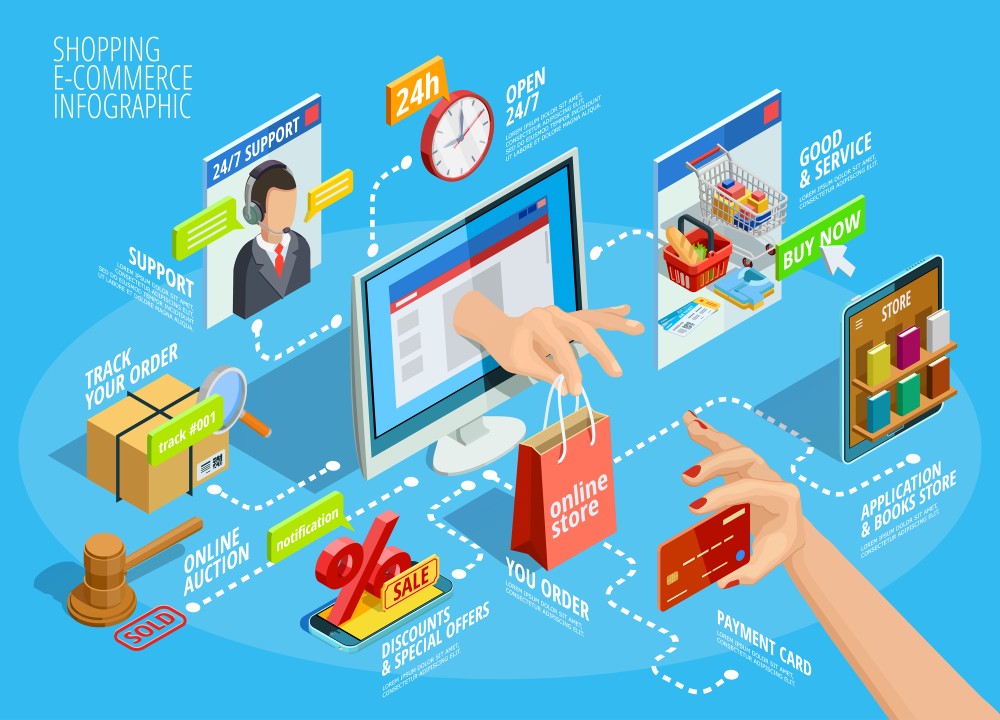Image from: www.skillmaker.edu.au
As we enter 2025, the realm of digital communication is set for a transformative shift, driven by innovative technologies and evolving consumer expectations. Personalization at scale has emerged as a critical strategy, with businesses harnessing advanced data analytics and artificial intelligence to craft individualized messages that resonate deeply with their audiences. This tailored approach is not just about customization; it’s about forging stronger connections and enhancing customer loyalty through meaningful engagement.
Conversational AI technologies, including chatbots and virtual assistants, are revolutionizing customer service interactions. These intelligent systems provide immediate responses and personalized support, enabling organizations to improve user experience significantly. With advancements in natural language processing, conversational AI is becoming more intuitive, allowing brands to engage customers in a more human-like manner.
Video content is also at the forefront of digital communication trends. Platforms like TikTok and Instagram continue to dominate, pushing brands to invest in short, captivating videos that tell compelling stories. This visual format not only captures attention but also drives higher engagement rates, making it essential for businesses to integrate video into their communication strategies to maximize impact.
In today’s marketplace, authenticity is key. Consumers are increasingly seeking transparency and genuine interactions from brands. Companies that openly share their values and practices foster trust and loyalty among their customers. Additionally, the use of augmented reality (AR) is gaining momentum. AR enhances marketing campaigns by providing immersive experiences that allow consumers to engage with products in innovative ways, deepening their connection with brands.
With the growing reliance on mobile devices, adopting a mobile-first strategy is essential for businesses aiming to reach their audiences effectively. Ensuring that all content is optimized for mobile viewing will enhance user experience and accessibility. Similarly, social media platforms are constantly evolving, and brands must remain agile, adapting their content to align with the latest trends and audience preferences to maintain relevance.
The commitment to sustainability is no longer optional. Brands that prioritize eco-friendly practices and communicate their efforts transparently will resonate with environmentally conscious consumers. In tandem, addressing data privacy and security concerns is vital. Organizations must implement robust data protection measures and clearly communicate their privacy policies to build consumer trust and comply with regulatory standards.
Hybrid communication models are emerging as a preferred approach, combining in-person and digital interactions to offer flexibility and enhance engagement. This shift allows brands to cater to diverse audience preferences and create memorable experiences. Furthermore, influencer marketing remains a potent tool, enabling brands to collaborate with authentic voices that resonate with their target audiences, thereby boosting credibility and reach.
As voice-activated devices become more prevalent, optimizing content for voice search is crucial. Businesses need to ensure that their information is easily accessible via voice queries, which will improve discoverability and increase traffic. In a globalized market, localization of content is essential to connect with diverse cultural audiences, ensuring messages are relevant and culturally sensitive.
Finally, organizations must embrace a mindset of continuous learning and adaptation. The digital communication landscape is ever-changing, and staying informed about emerging technologies and trends is vital for long-term success. By fostering a culture of innovation, businesses can position themselves as leaders in the digital communication space.
By implementing these strategies and staying attuned to future trends, companies can navigate the complexities of digital communication, ensuring they remain connected with their audiences in 2025 and beyond. Embracing change and leveraging new technologies will be key to thriving in this dynamic environment.







